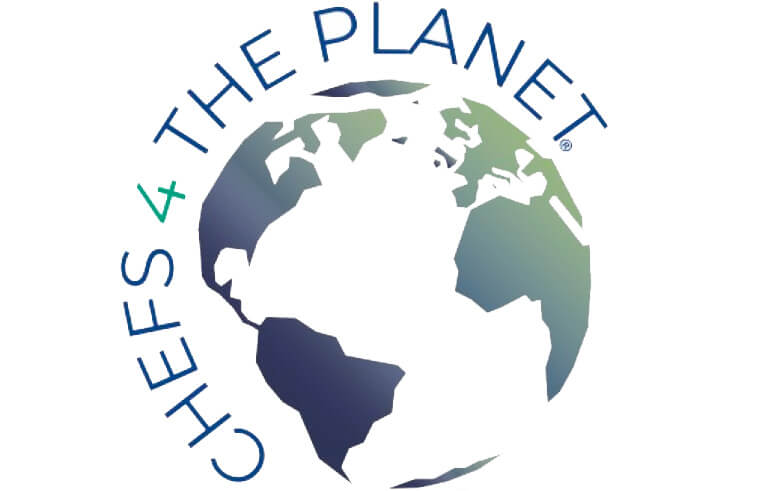The coronavirus crisis demonstrates what is wrong with how the world feeds itself.
Belgians are being told that they need to increase their consumption of frites. Across Britain, farmers have dumped millions of pints of milk down the drain instead of churning it into butter. In Iran, millions of baby chickens — which may have one day been bound for barbecues — have been buried alive. In India, farmers are feeding strawberries to cattle rather than sending them to markets.
Is this what an “efficient” global food system looks like?
According to the economists, politicians and corporations that have pushed for increasingly interconnected food supply chains over the past 50 years, efficient is what it’s supposed to be: Each country specializes in what it’s best at — potatoes in Belgium, beef in Canada, cocoa in Ghana — and puts it on the global market. Producers and processors within countries specialize, too, as a way to minimize costs. As a result, at least in theory, prices stay low, the world gets fed and everyone wins.
The coronavirus has revealed that there are serious weaknesses with relying too much on this approach. Improving efficiency can certainly be a good thing, especially if consumers benefit from cost savings and access to more diverse foods. But the changes in recent years have undermined other important goals, like the ability to adapt during a crisis. When new barriers prevent food from reaching its markets, or demand suddenly drops — both of which are happening now — the system falls apart.
Read the full article: https://www.nytimes.com/2020/05/08/opinion/coronavirus-global-food-supply.html


